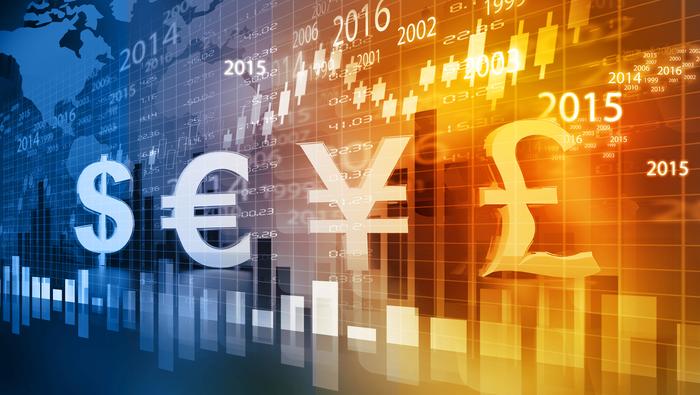The foreign exchange market, also known as forex or FX, is the largest financial market in the world, with a daily average trading volume of over $6 trillion. It is a decentralized market, meaning that it operates without a central exchange or clearing house, and is open 24 hours a day, five days a week. In this article, we will explore the history and future of the forex market, including key drivers of its growth, challenges it faces, and opportunities for investors.
Keywords: forex, FX, foreign exchange market, currency trading, decentralized market
History of the Forex Market
The forex market has a long and storied history, with the first recorded currency exchange dating back to ancient civilizations. In modern times, the forex market began to take shape in the 1970s, following the collapse of the Bretton Woods Agreement, which had fixed the exchange rates of major currencies. This led to the adoption of floating exchange rates, in which the value of a currency is determined by supply and demand in the market.
The forex market has grown significantly since its inception, with the daily trading volume reaching $5.3 trillion in April 2019, according to the Bank for International Settlements (BIS). This growth can be attributed to a number of factors, including advances in technology, the liberalization of capital markets, and the globalization of trade and investment.
Drivers of Growth in the Forex Market
One of the key drivers of growth in the forex market has been the increase in cross-border trade and investment. As countries have become more interconnected through globalization, there has been a corresponding increase in the demand for foreign currencies to facilitate these transactions. This has led to a rise in the volume of currency trading, as investors and traders seek to capitalize on fluctuations in exchange rates.
Another factor contributing to the growth of the forex market is the advancement of technology, which has made it easier for investors to access the market and trade online. The development of online trading platforms and the proliferation of smartphones have made it possible for traders to access the market from anywhere, at any time.
Challenges Facing the Forex Market
Despite its growth, the forex market has faced a number of challenges over the years. One of the main challenges is the high level of volatility in the market, which can make it difficult for traders to predict exchange rate movements. This volatility can be attributed to a number of factors, including economic and political events, natural disasters, and shifts in investor sentiment.
Another challenge facing the forex market is the lack of transparency and regulation. Unlike other financial markets, the forex market is not regulated by a central authority, which can make it difficult for investors to protect themselves from fraud and manipulation. This has led to calls for greater regulation of the market, with the Financial Stability Oversight Council (FSOC) in the US and the Financial Conduct Authority (FCA) in the UK among the agencies working to increase oversight.
Opportunities in the Forex Market
Despite these challenges, the forex market offers a number of opportunities for investors. One of the main attractions of the forex market is the potential for high returns on investment. The high liquidity of the market means that it is possible to enter and exit trades quickly, which can allow traders to take advantage of short-term price movements.
Another opportunity in the forex market is the ability to hedge against currency risk. By trading currencies, investors can protect themselves against the risk of adverse movements in exchange rates, which can impact the value of their investments. This can be particularly useful for businesses that operate in multiple countries, as it can help to mitigate the impact of currency fluctuations on their






No comments: